PORTRAITS OF LITTLE WILD ORCHIDS
A nice diversity of small wildflowers can be found in the areas around my hometown and the surrounding villages. Some species are always abundant, but orchids are slowly disappearing due to the unnecessary changes in the habitat that is getting turned from the beautiful Mediterranean pastures and shrublands into some kind of generic, idiotic, TV, or even worse, YouTube-inspired vacation paradise. A place made for people whose perception of beauty is flattened by the wreckless consumption of fabricated dreams shaped through countless sanitized images just like when one's taste gets numbed by a junk food diet.
In today's post, through a series of old but never published photographs taken in 2009, I'll show you a bunch of local orchids. Have a good viewing.
The first species is Ophrys sphegodes. You can see a close-up portrait of its flower here. In the following shot ...
... the same flower is photographed in a different light. I was using an external flash, back then in 2009, and that piece of equipment allowed me to get the uniformly dark background. I photographed these rare flowers outdoors but their portraits look like something created in a studio. When it comes to the flower shown in the following photograph ...
... I'm not sure about the species. Ophrys sphegodes it's a very varied species. The markings on the flowers aren't always the same. After seeing tons of Internet images, I came to the conclusion that these could be one of the Ophrys sphegodes varieties from my area. It could also be another subspecies, different from the one shown in the previous two photographs of the post. However, I could be wrong, of course. I'm not equipped with enough knowledge to give financial or, in some cases, botanical advice. Do your own research.
Here you can take a look at the same flower but from a slightly different angle this time.
This is another Ophrys sphegodes. In the case of this flower, I have no doubts about the species. The same can be said for the flower shown in the following photograph ...
... although the smooth, shiny markings are slightly different here. That distinctive part of the flower is called the speculum.
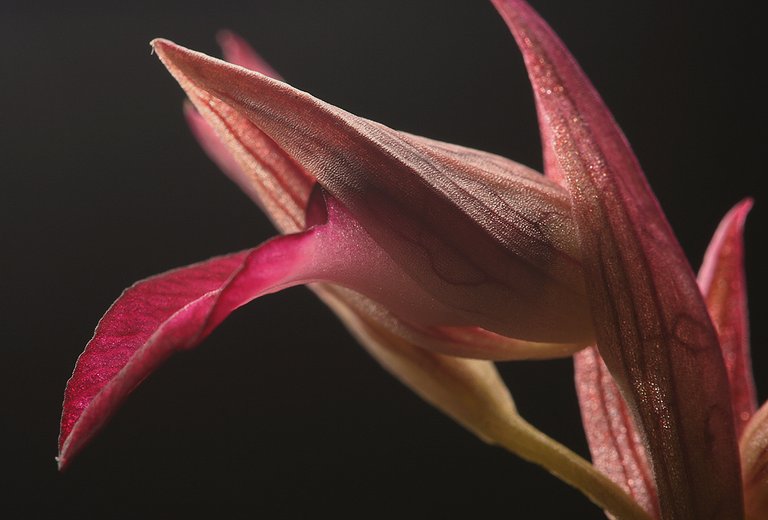
This is the Serapias lingua.
Commonly known as the tongue-orchid or tongue Serapias.
That's all I can't tell you about this colorful species. I have nothing else to say about it, but ...
... but I can show you one more photograph. In the following shot ...
... you can see the Ophrys incubacea.
I photographed many of them in 2009 ...
... so You'll see quite a few Ophrys incubacea portraits in this post.
Hope you won't find this collection of photographs too repetitive.
Hope you'll enjoy & appreciate the slight difference in compositions and the ways in which the scenes are lit.
Just like all the species shown so far, Ophrys incubacea grows in the sunny open meadows and on the stony terrains near the sea, here in my area.
Here you can see a young, almost but not quite completely open Ophrys incubacea flower.
This is a portrait of the Ophrys bertolonii flower, while in the following photograph ...
... you can see a detail of the Anacamptis papilionacea orchid.
The beautiful wild orchid, shown in this photograph ...
... is the Ophrys fuciflora.
I encountered these flowers only a couple of times in 2009.
Never before and never after that year.
So I took plenty of photographs on those few occasions.
And I tried to visually explore the plant from every angle.
Is hard not to see a face, a mask, or some kind of skull in this flower.

Because of its flowers ...
... the plant can look like some strange creature with two, three, or more heads, when in bloom.
Here you can see a tryptich made of black & white shots.
In this tryptich, you can see a flower, always the same flower, lit in three different ways.
I adore the little wild orchids from my area.
Especially those from the genus Ophrys.
Here you can see another set of black & white photographs dedicated to the Ophrys fuciflora. In the following photograph ...
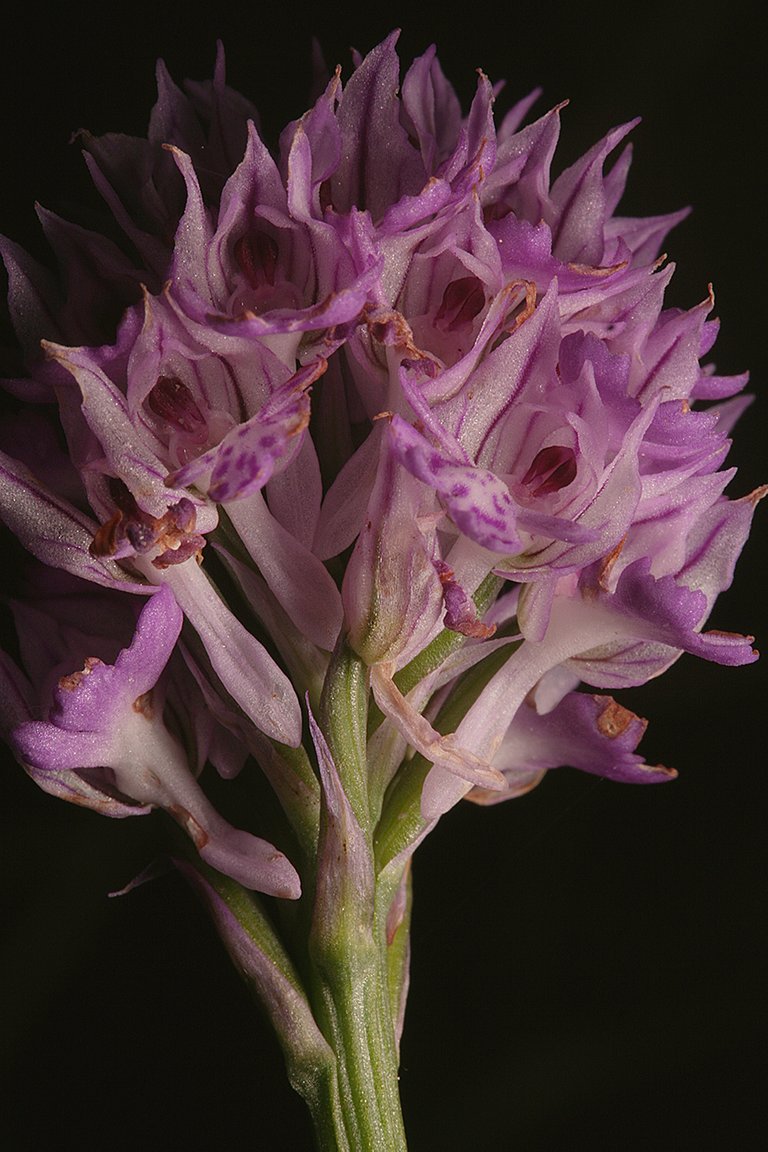
... you can see an orchid that grows in shady places under the shrubs and trees. This is the Neotinea tridentata.
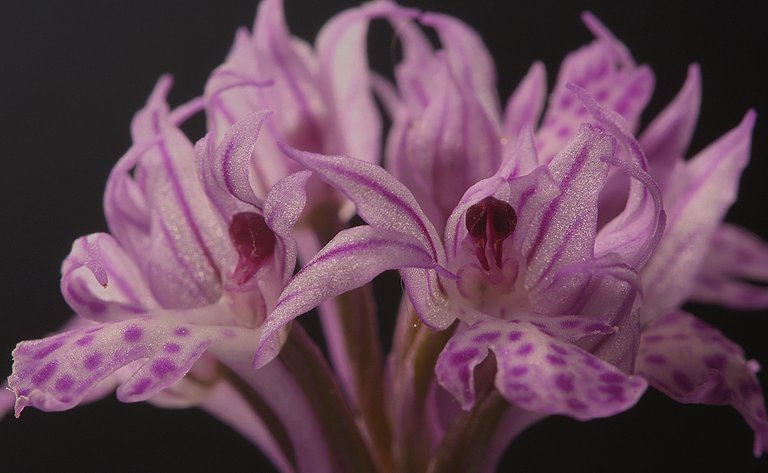
Here you can take a better, more up-close look at the Neotinea tridentata flowers. The plant, shown in the following photograph ...
... is commonly known as the bumblebee orchid.
Ophrys bombyliflora is the scientific name of the species.
This set of four shots includes a black & white portrait too.
Ophrys bombyliflora grows in stony, sunny areas where the grass is low.
It was very common a few decades ago ...
... but now is a rarity here where I live.
In this shot, I came closer to the flower shown in the previous photograph.
In this and the following two photographs ...
... you can see a flower, always the same Ophrys bombyliflora flower ...
... lit in three, slightly different ways.
More or less the same thing can be said about this tryptich.
When it comes to the flower shown in this photograph, I didn't immediately notice the details of another small, herbaceous plant near the Ophrys bombyliflora. But I saw those details in the photograph, so I decided to take another one.
This time, only the orchid was in the frame.

This is the flower of the Anacamptis morio orchid. All the orchids shown so far in the post were photographed in an area from two to ten kilometers around Medulin, the small, seaside town in which I live, but in the following photograph ...
... you can see a species that grows in the woods of the northern parts of Istra.
This is the Himantoglossum adriaticum ...
... commonly known as the Adriatic lizard orchid.
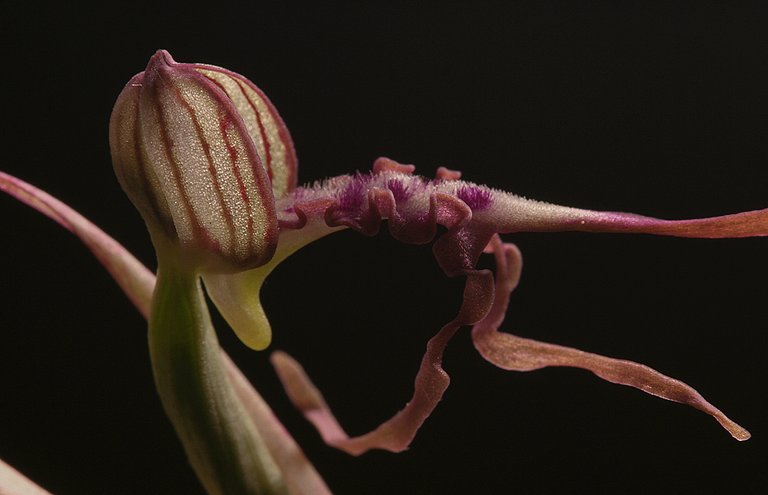
I encountered this beautiful plant in nature only once.
Here you can see a black & white portrait of the species.
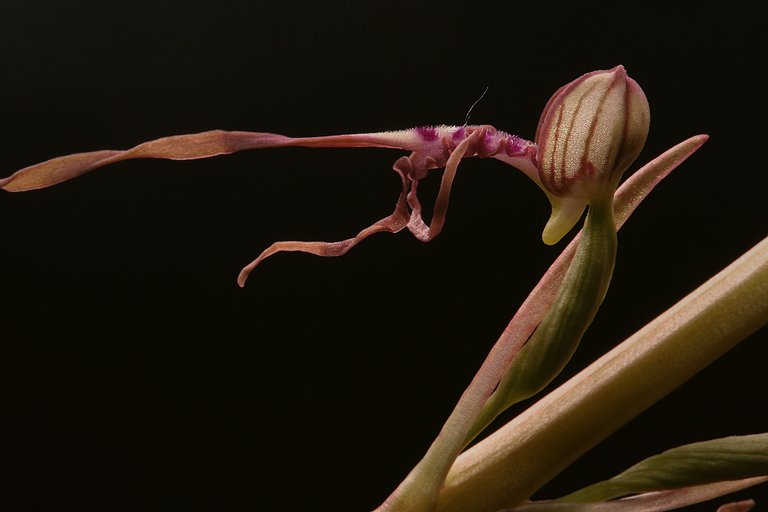
And that's it.
The following links will take you to the sites with more information about the protagonists of this post. I found some stuff about them there.
https://botany.cz/en/ophrys-sphegodes/
https://en.wikipedia.org/wiki/Serapias_lingua
http://www.orchidsofbritainandeurope.co.uk/Ophrys%20incubacea.html
https://www.first-nature.com/flowers/orchis-papilionacea.php
https://www.first-nature.com/flowers/ophrys-fuciflora.php
https://en.wikipedia.org/wiki/Neotinea_tridentata
https://en.wikipedia.org/wiki/Ophrys_bombyliflora
https://en.wikipedia.org/wiki/Anacamptis_morio
https://www.life4oakforests.eu/lizard-orchid-himantoglossum-adriaticum/
AS ALWAYS HERE ON HIVE, THE PHOTOGRAPHS ARE MY WORK.

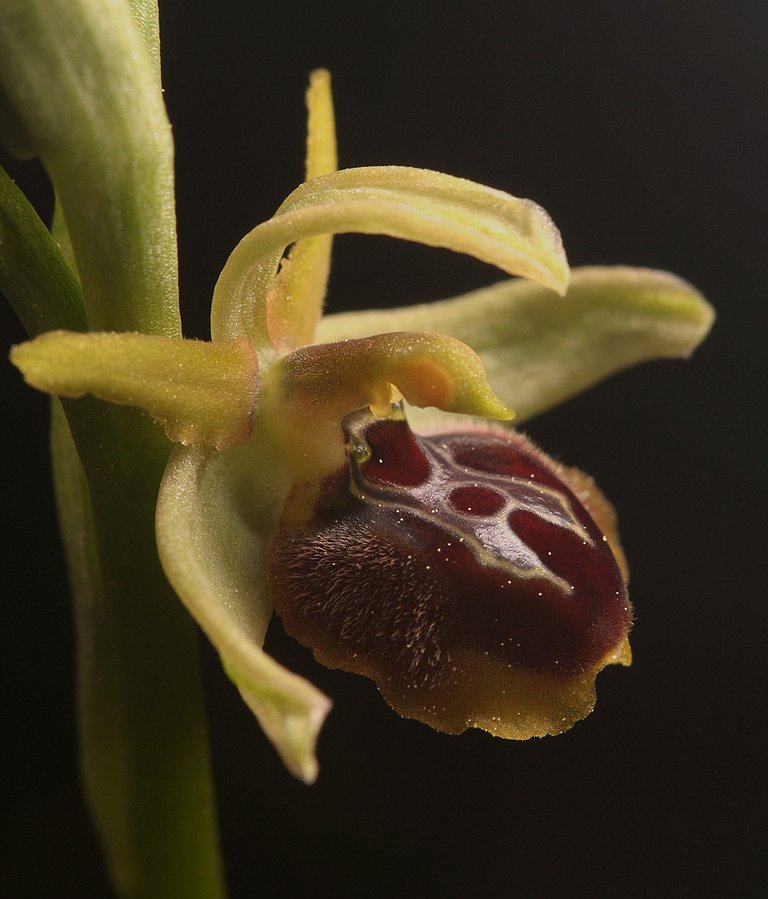
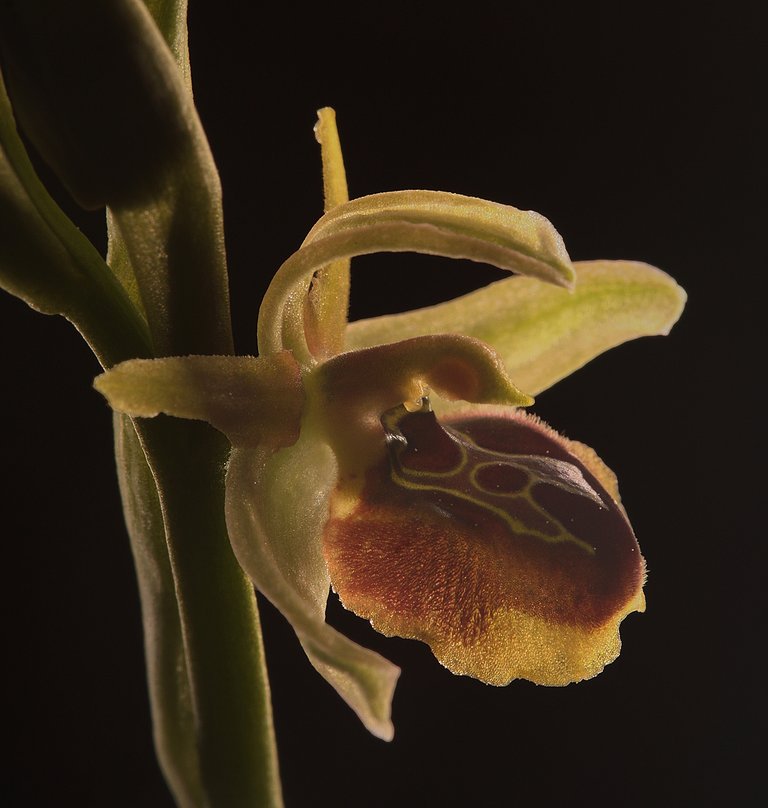
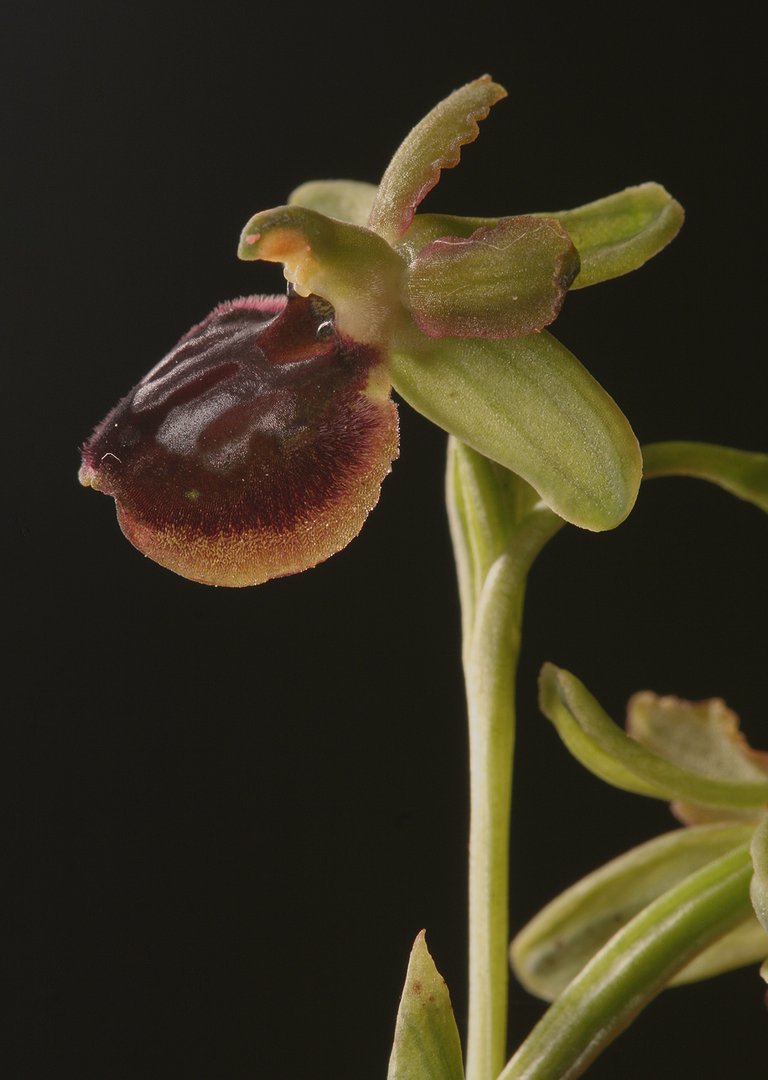
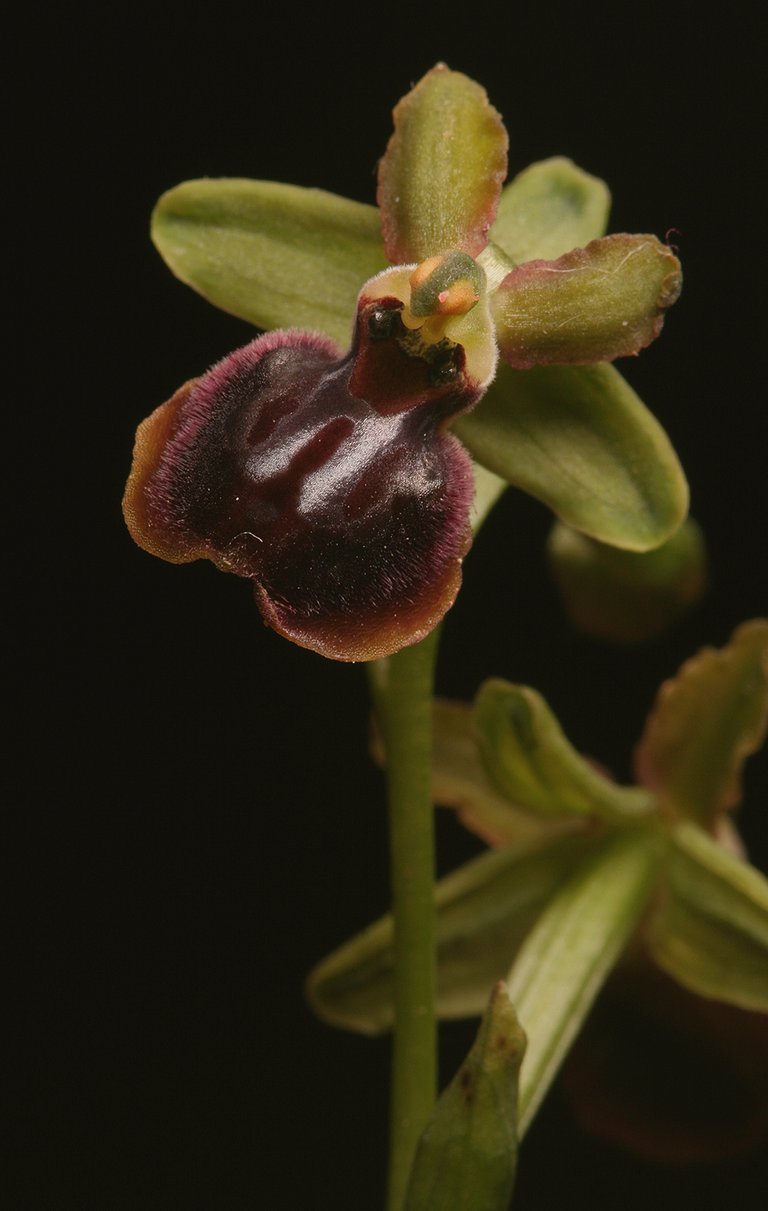

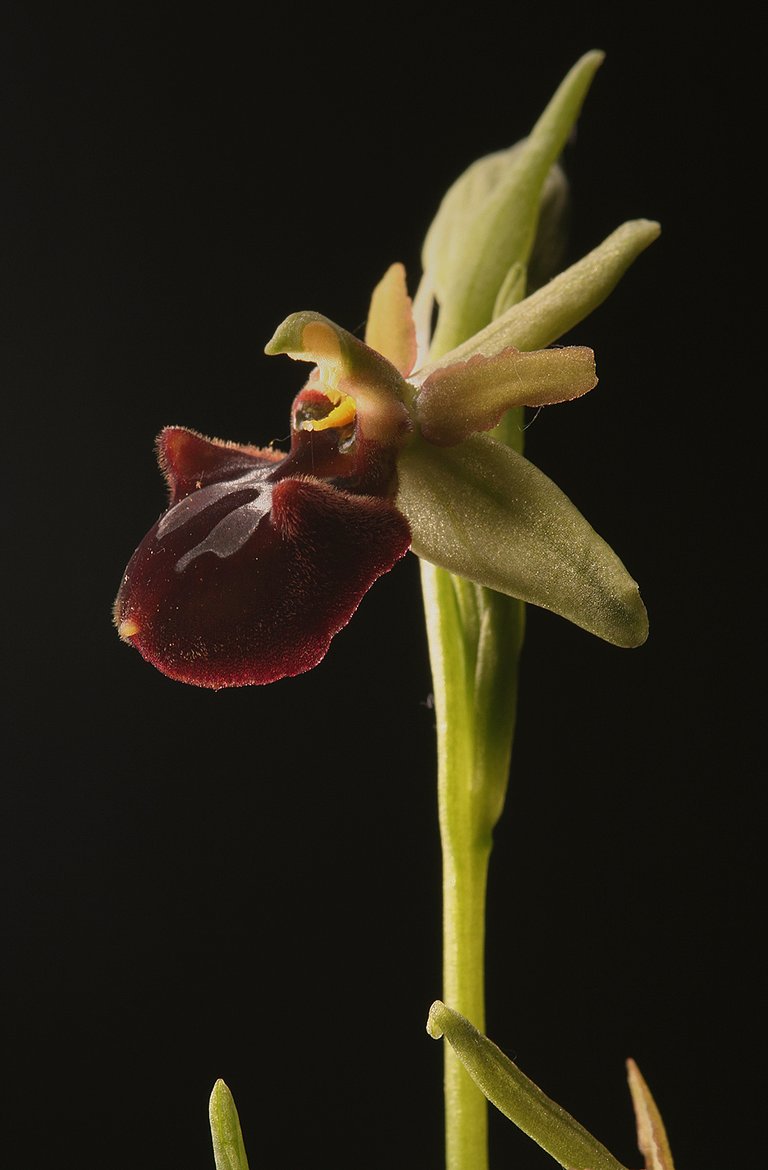
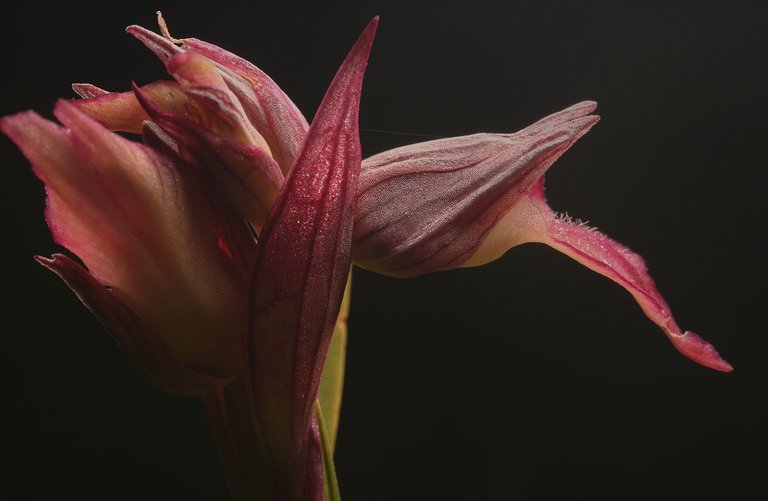


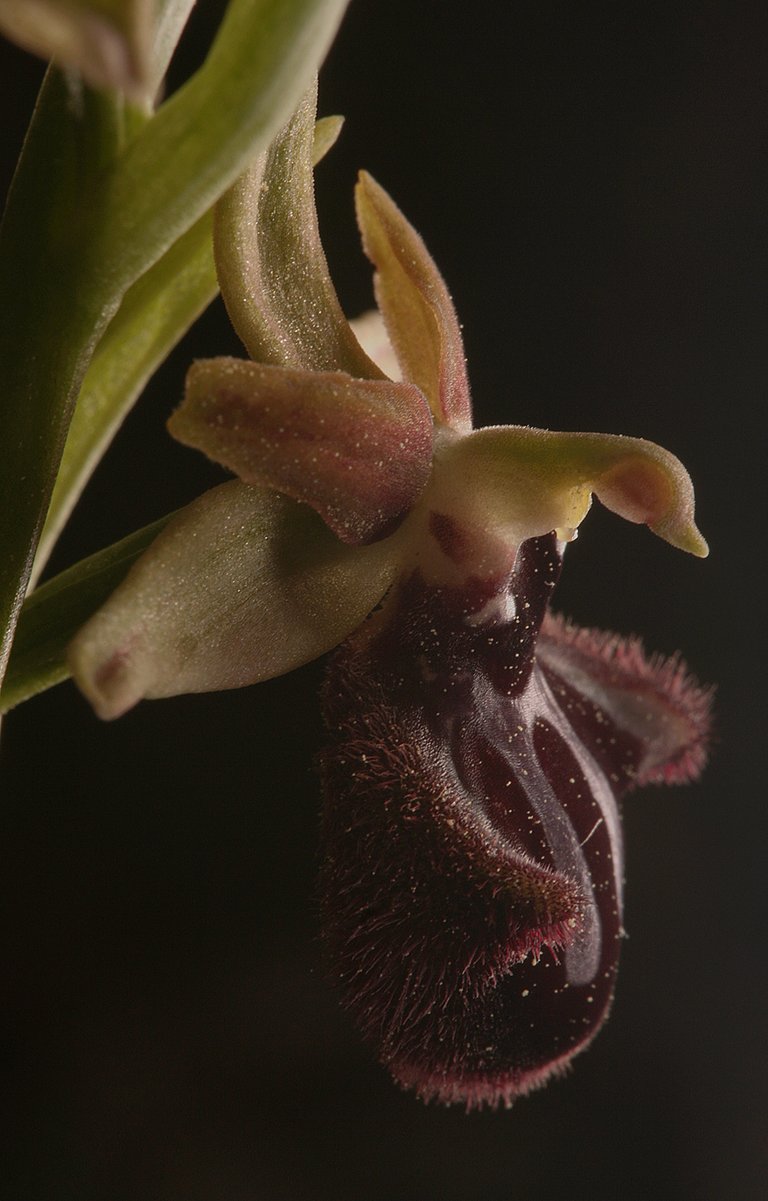
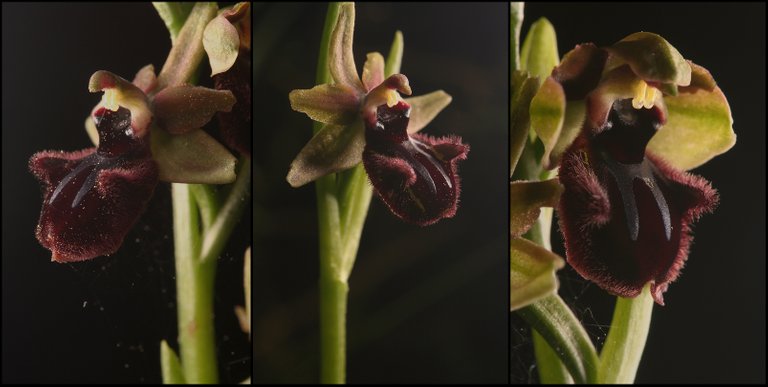
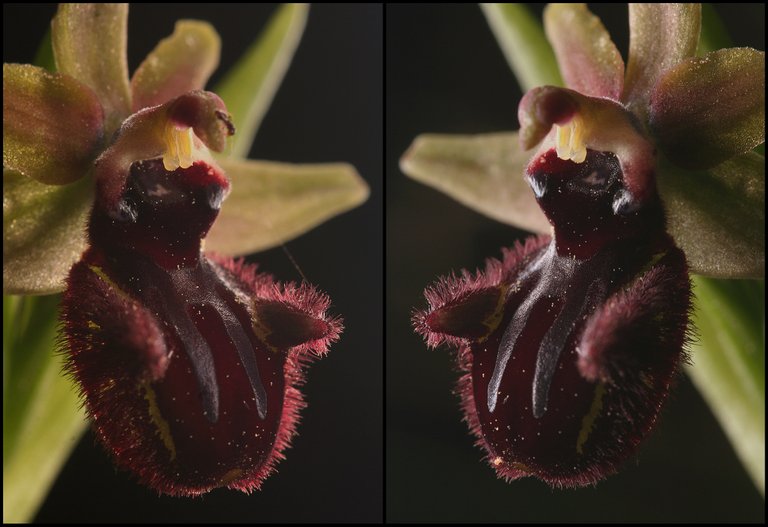
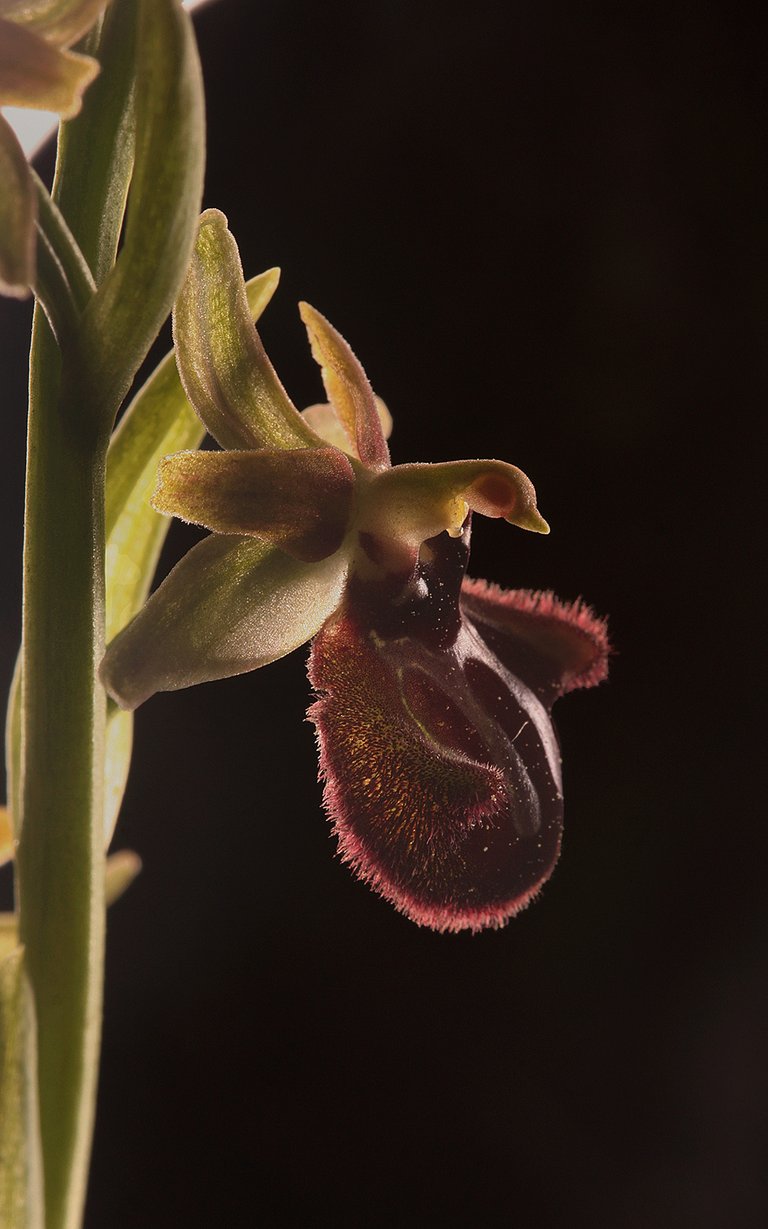
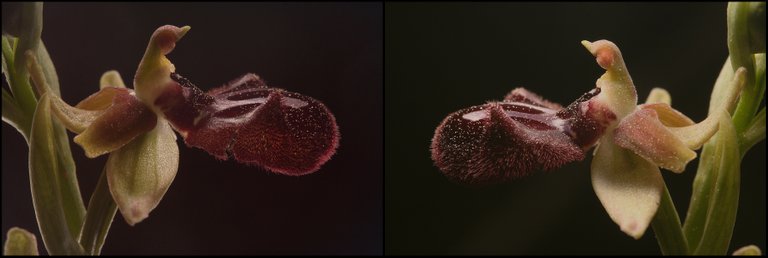

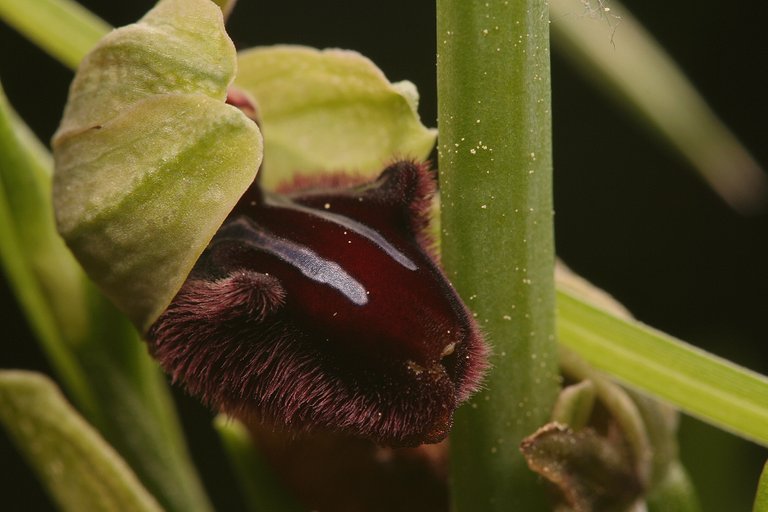


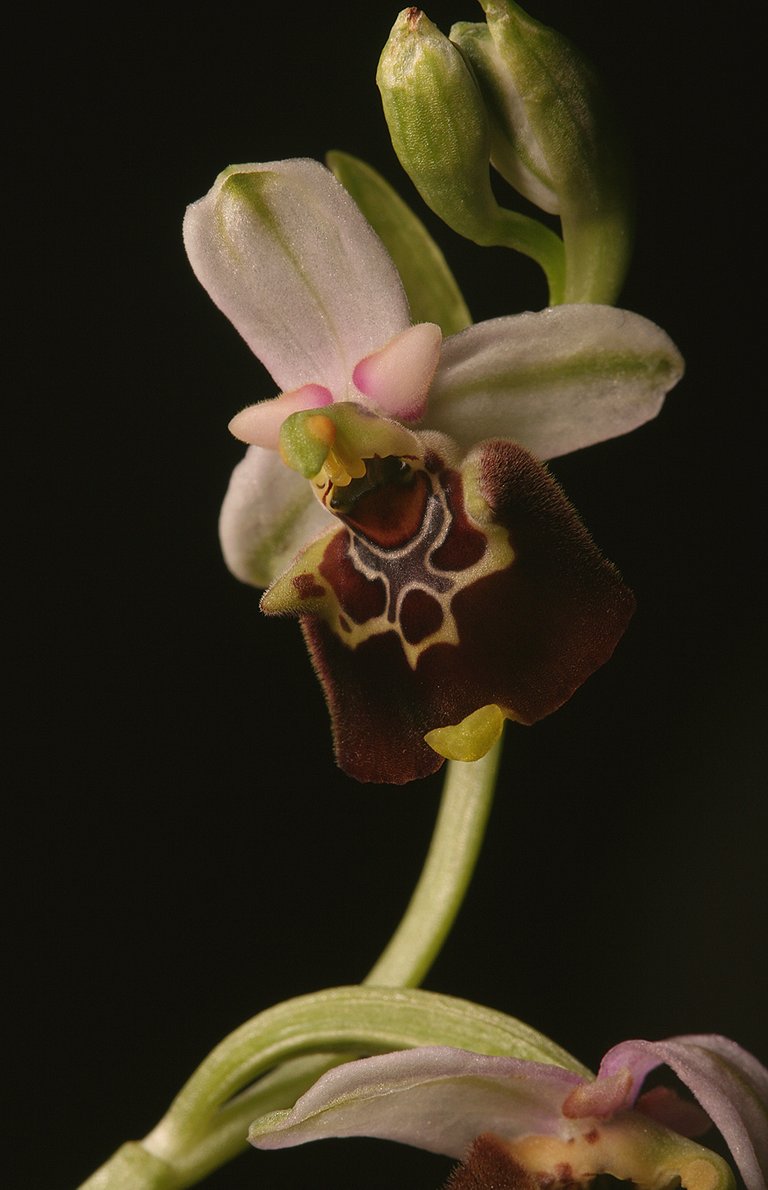
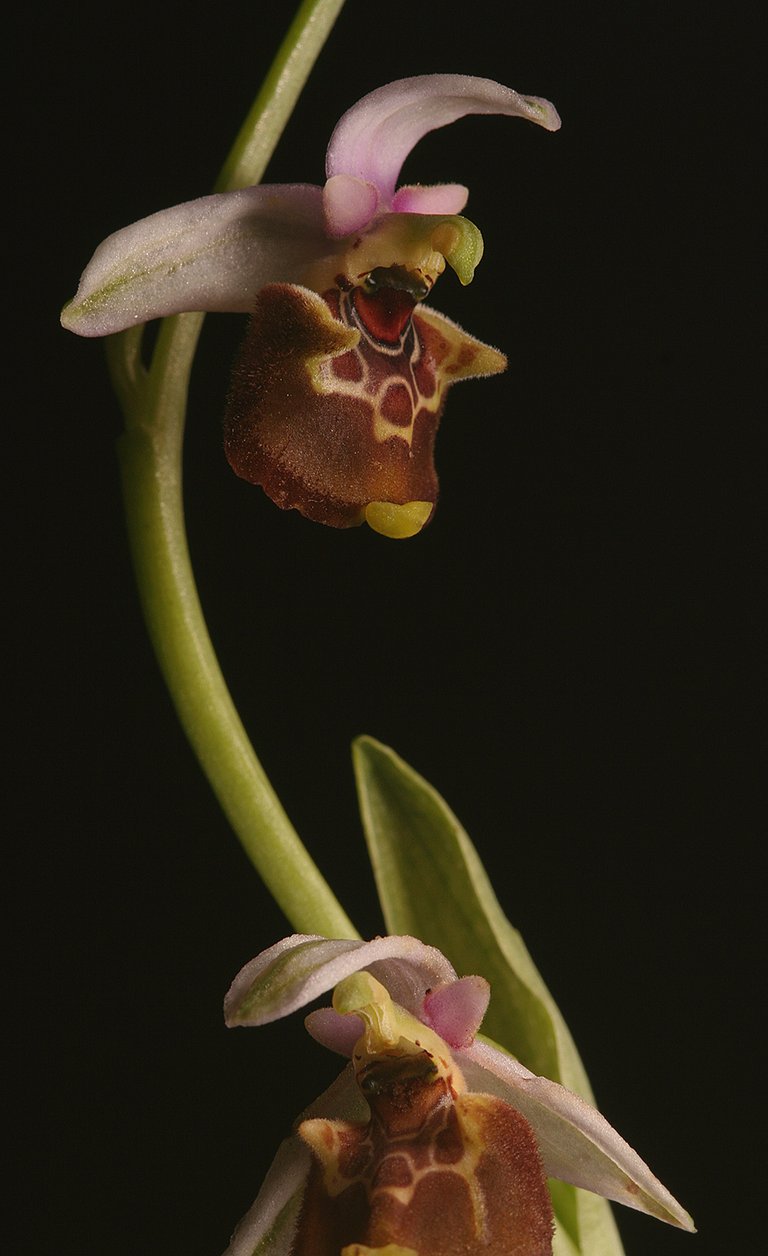
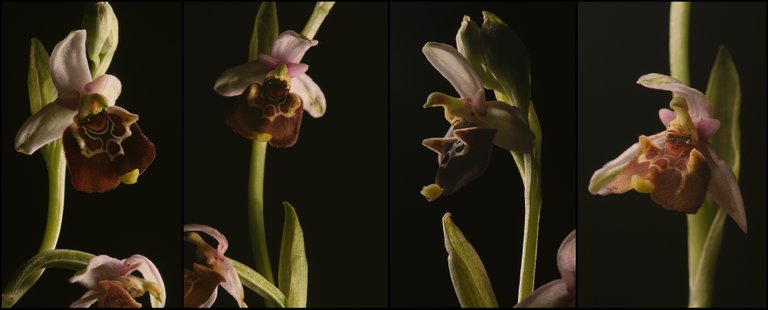
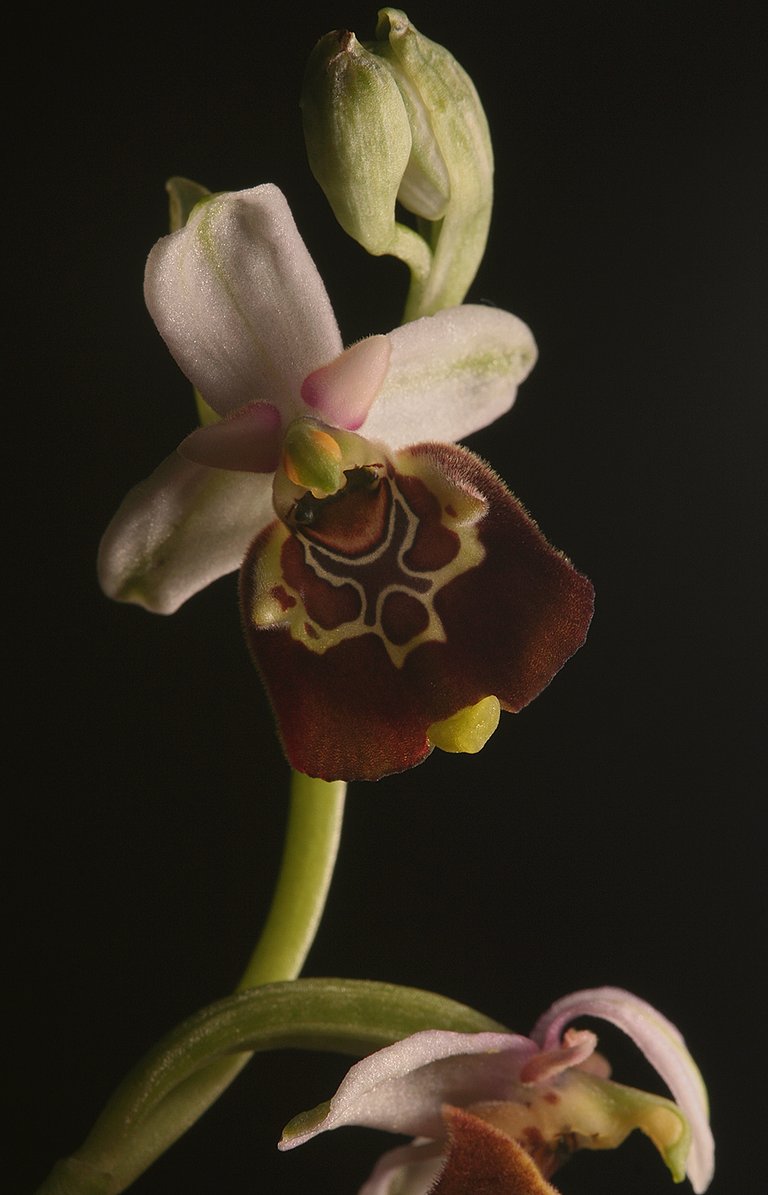
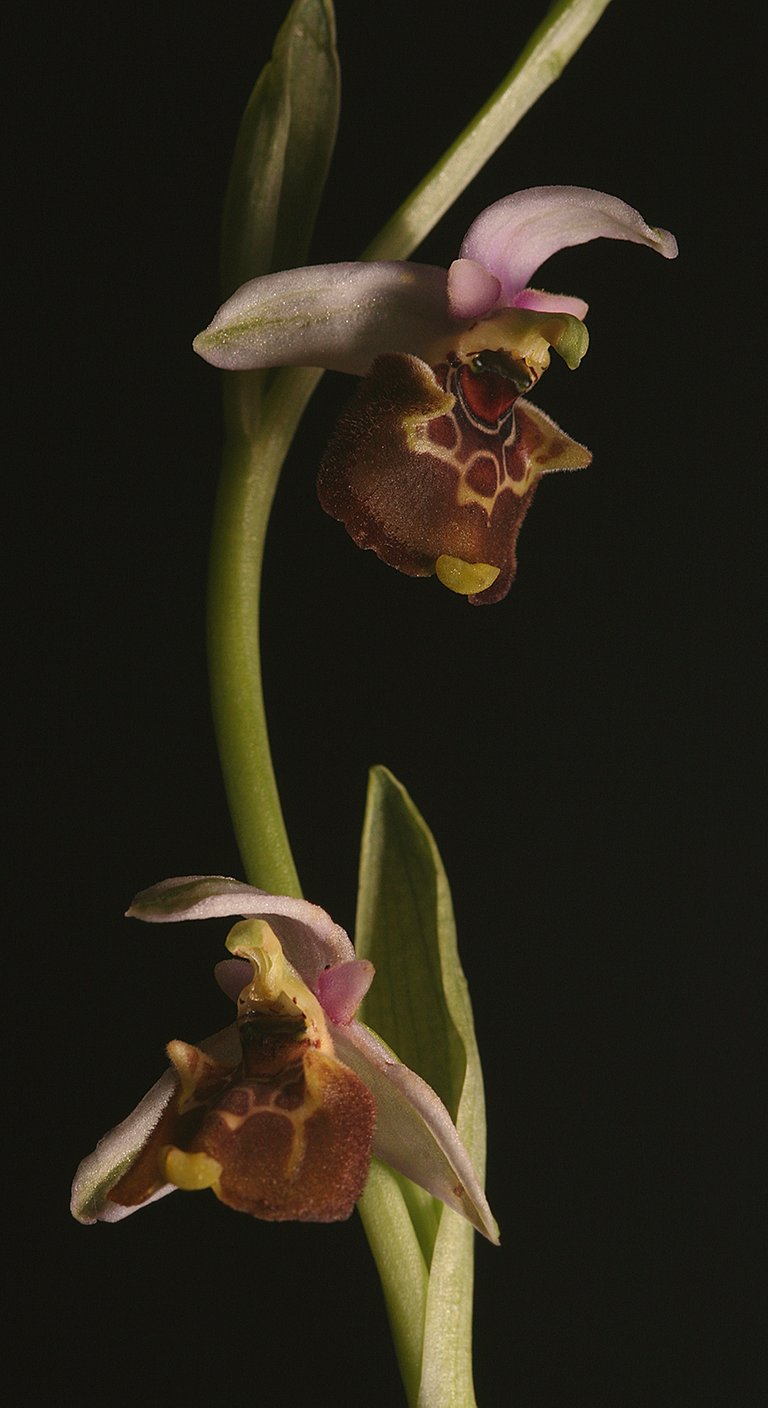
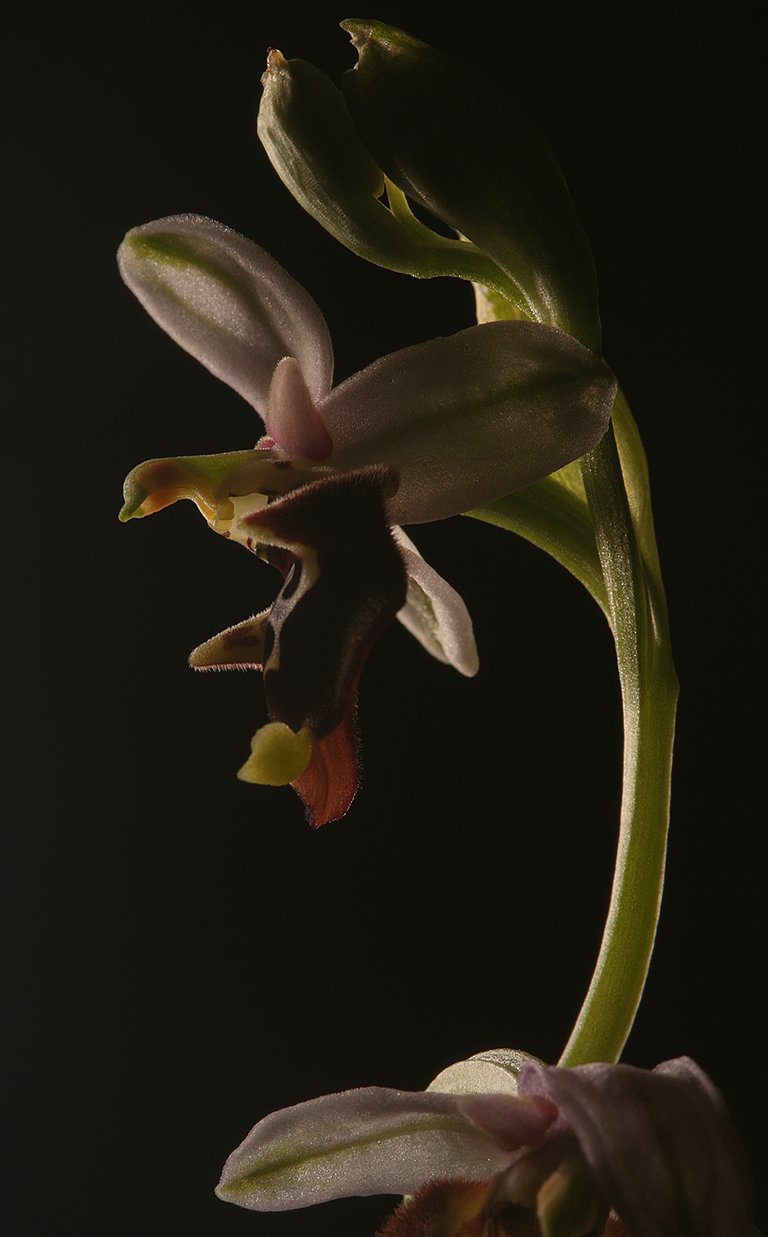
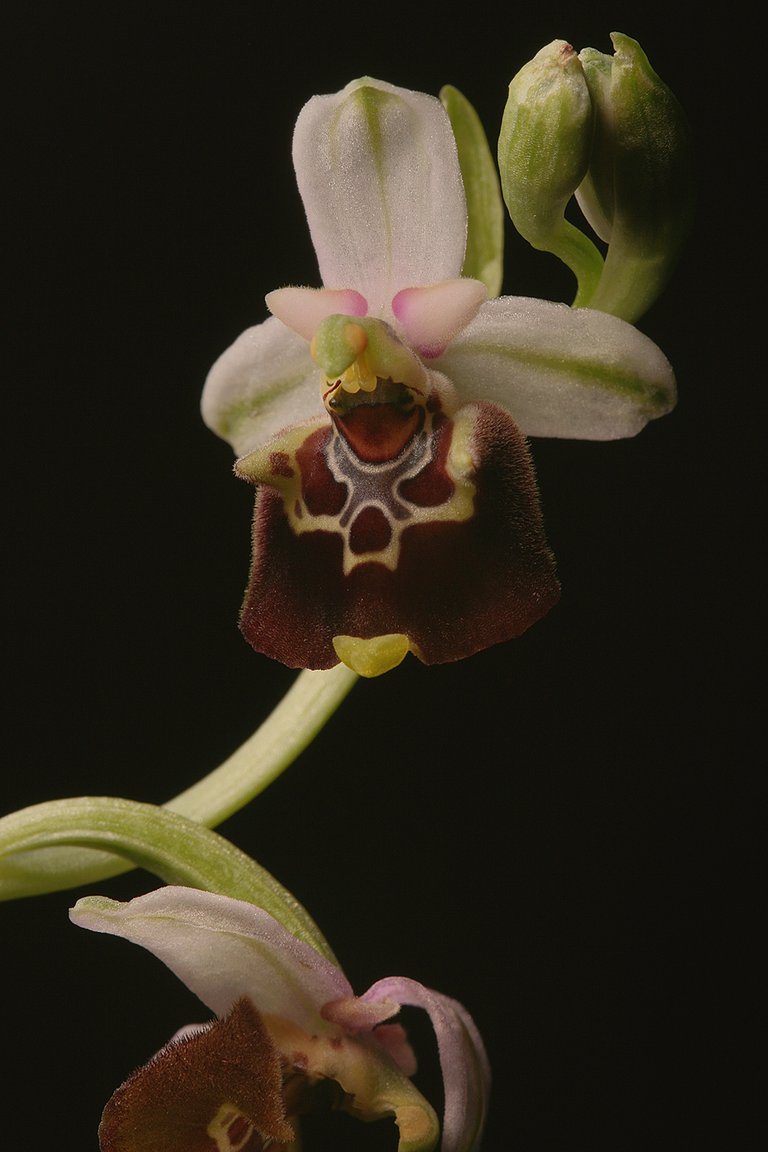
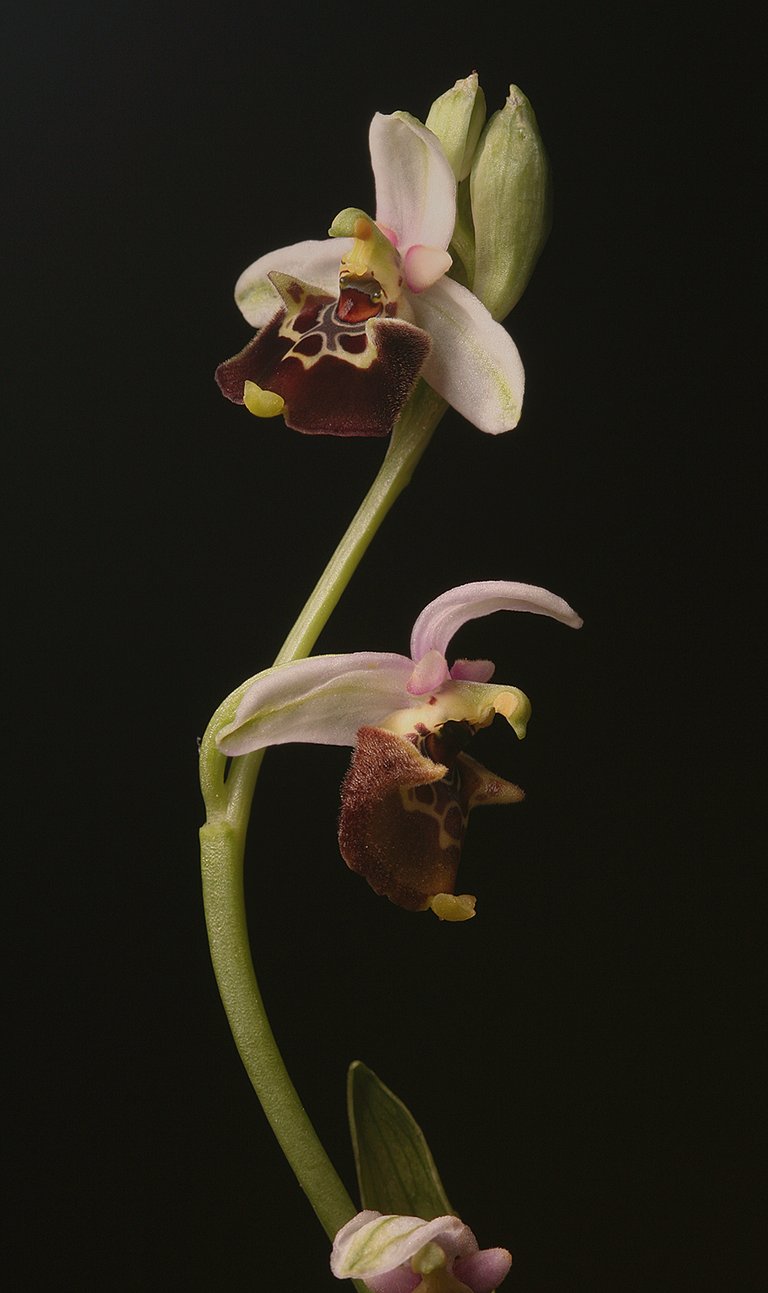


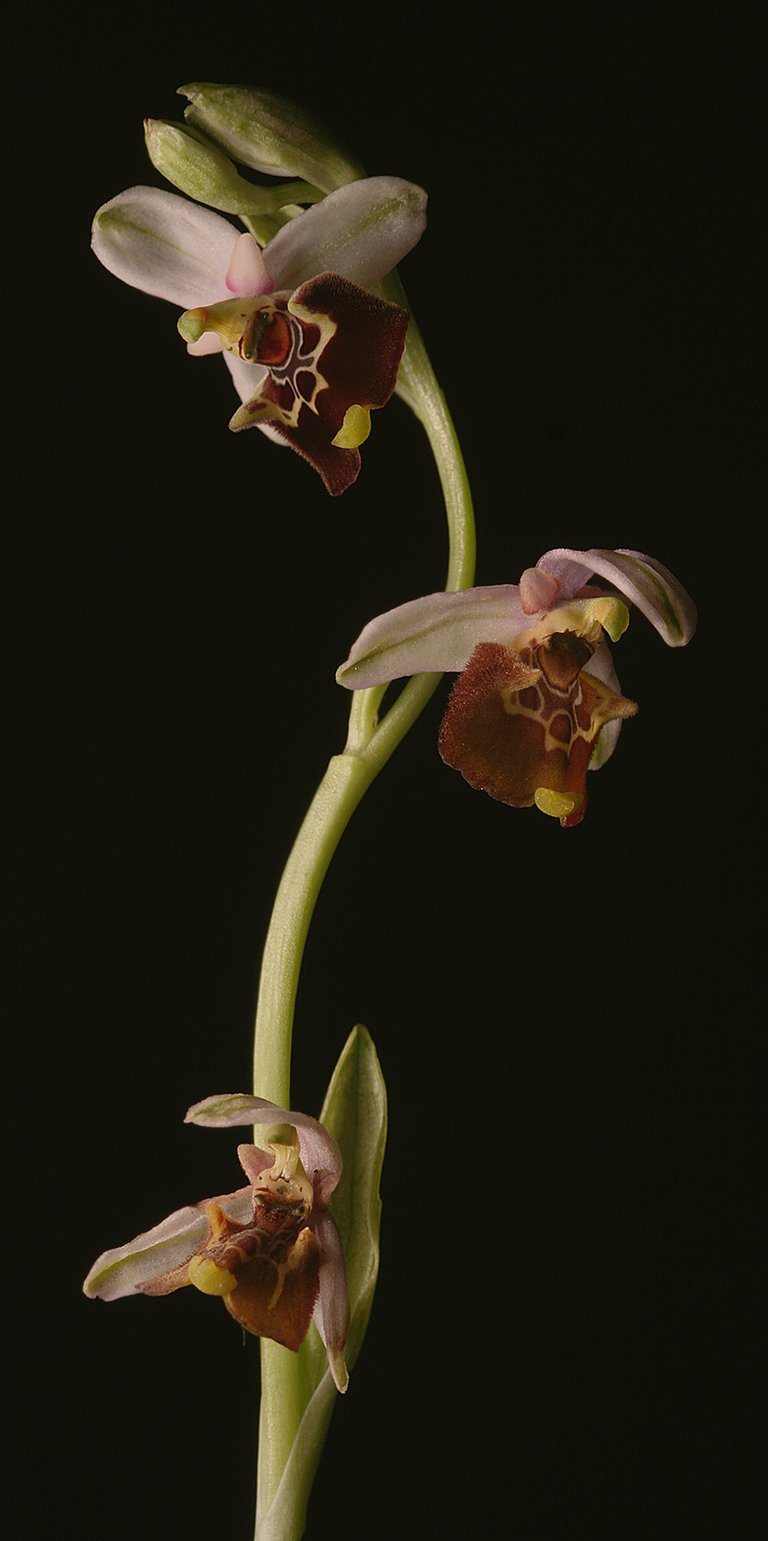

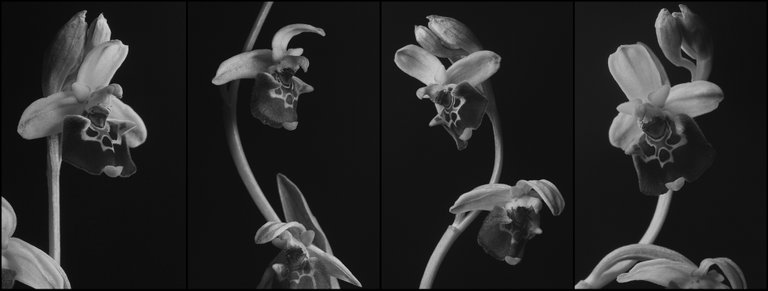


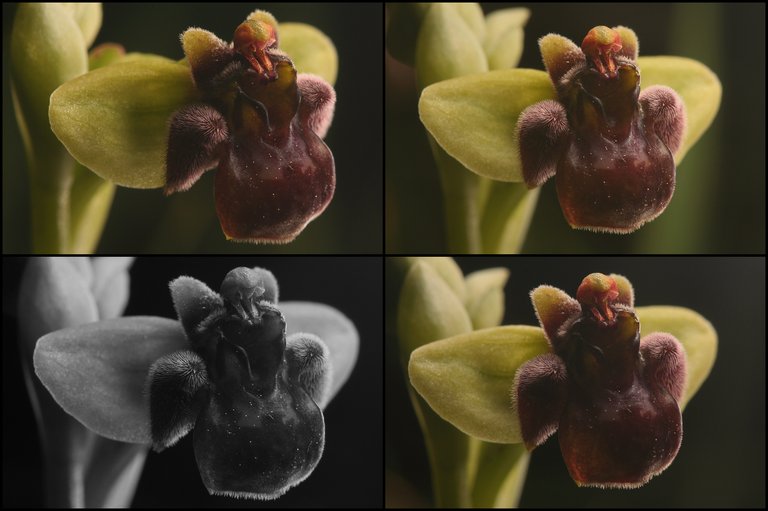
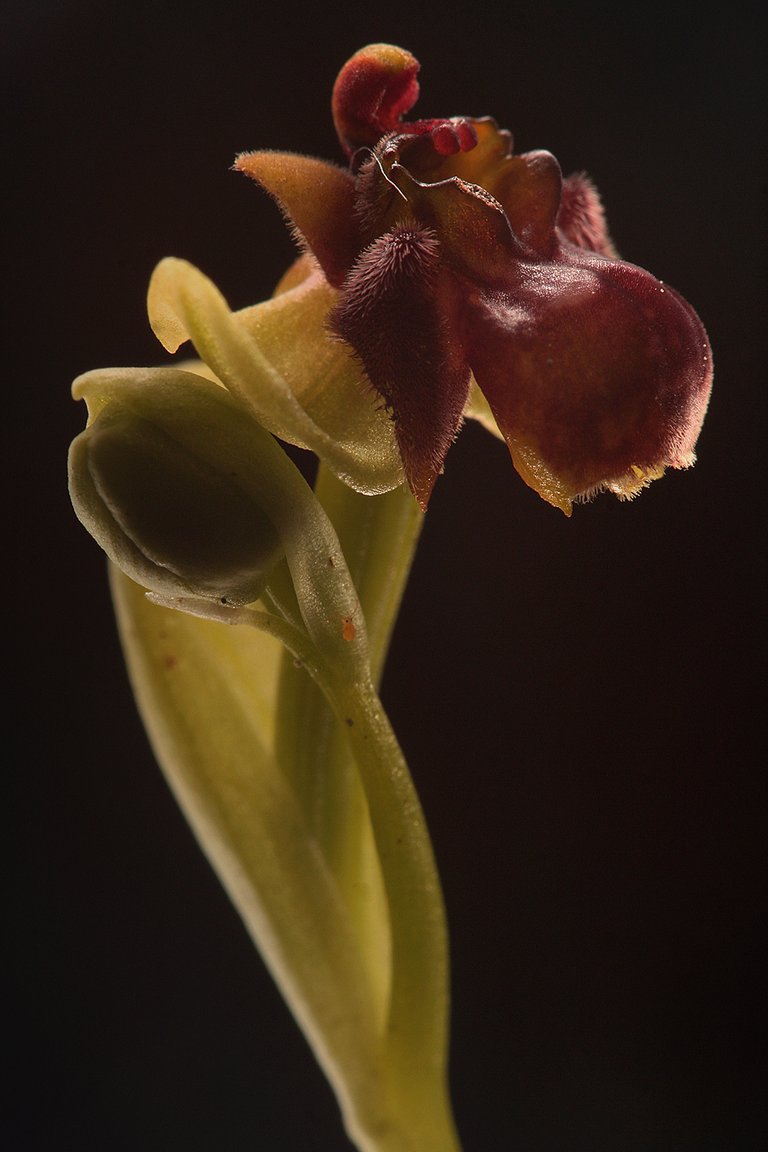
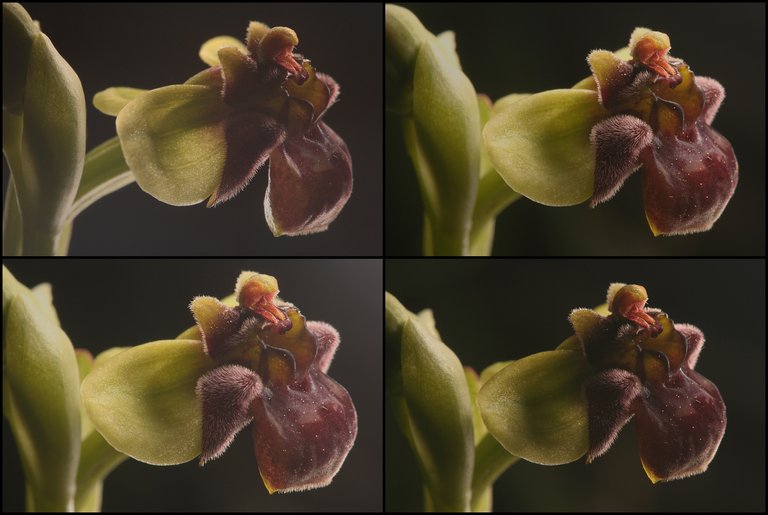

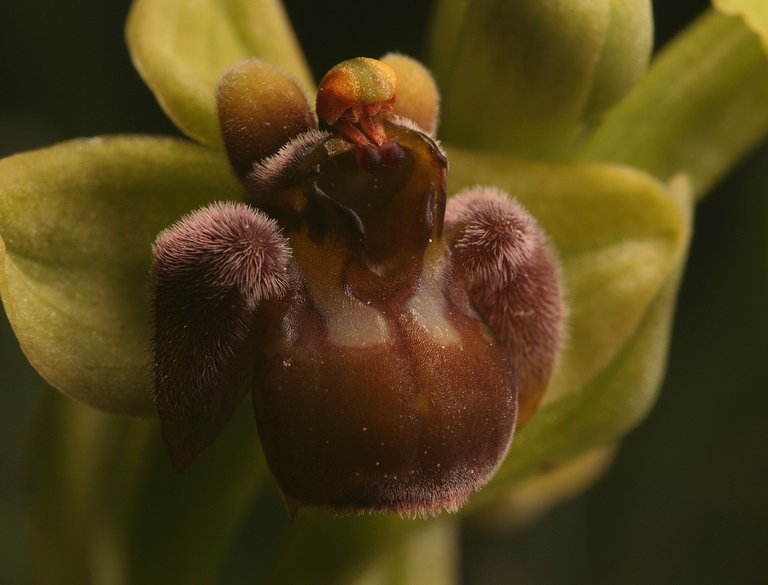

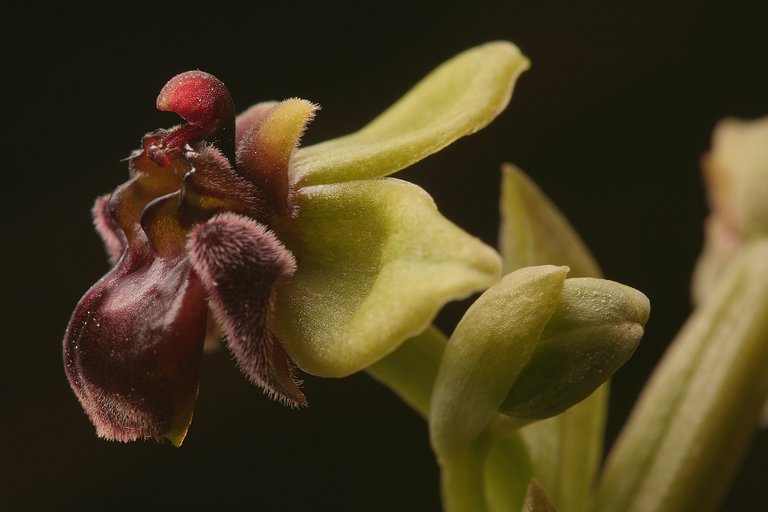
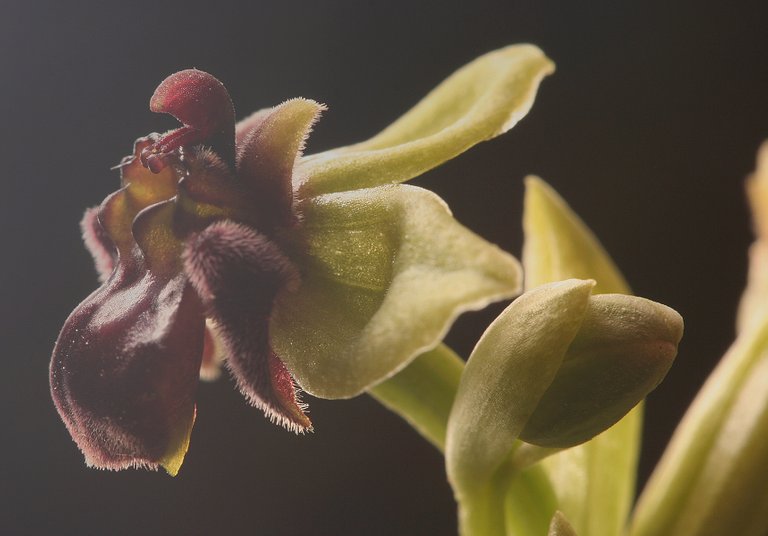
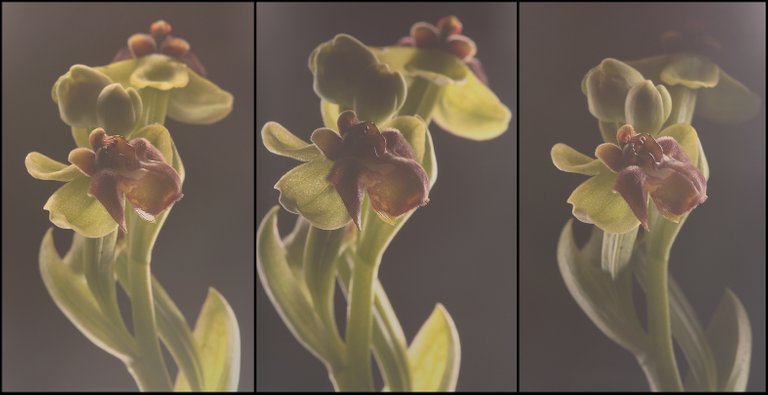
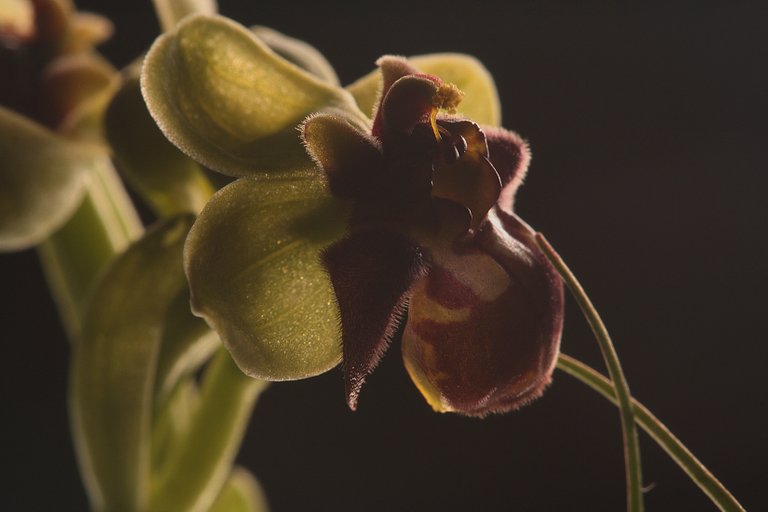

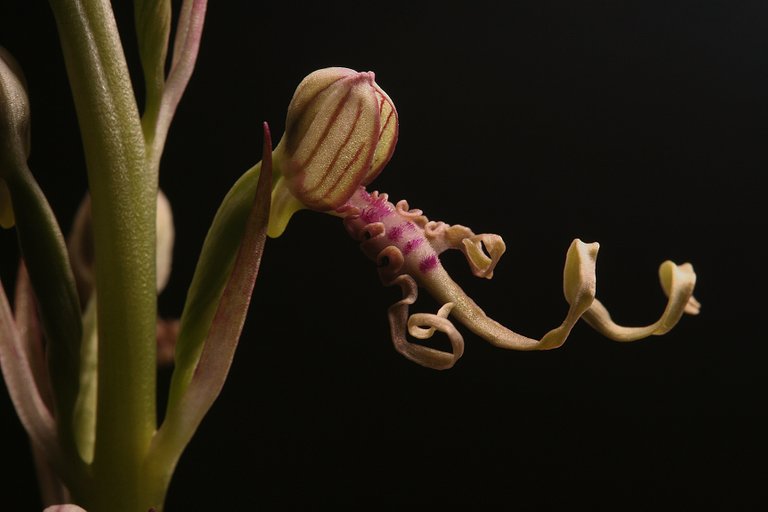
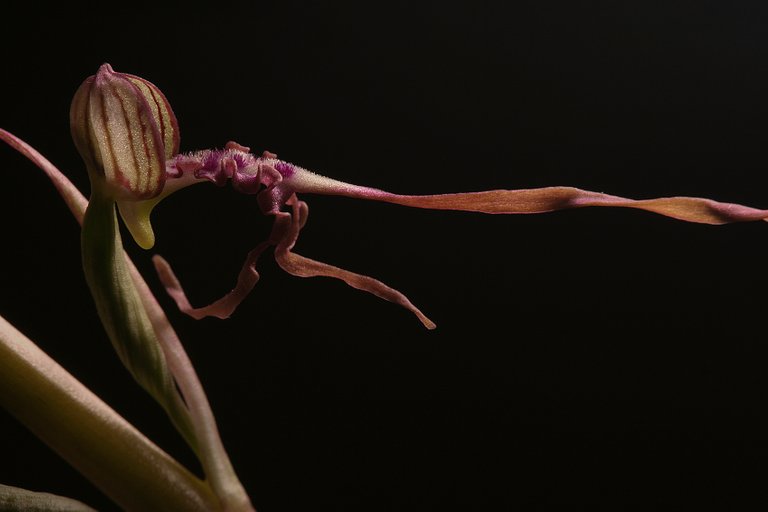
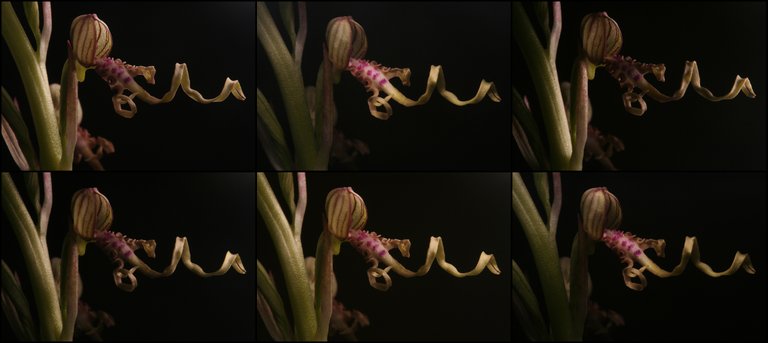
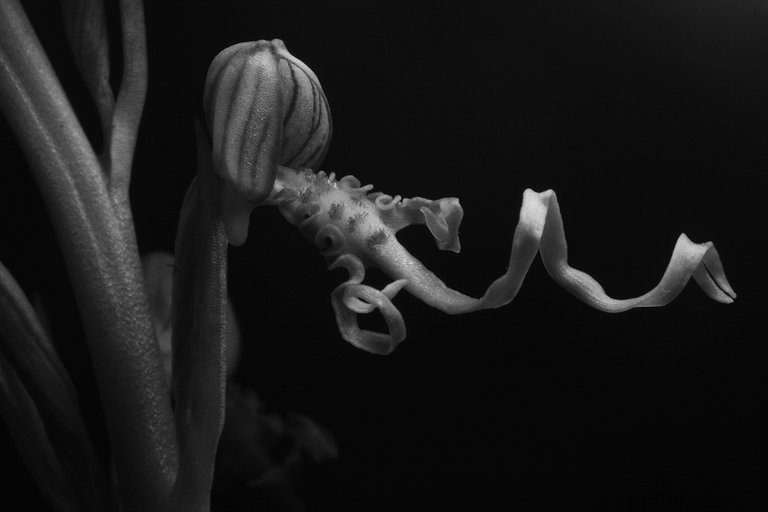

Orchid flower is a very beautiful flower.
https://twitter.com/1323678133007114240/status/1649853125312782338
https://twitter.com/1647293154322776066/status/1650159460160245760
The rewards earned on this comment will go directly to the people( @jordy0827, @zeshan120 ) sharing the post on Twitter as long as they are registered with @poshtoken. Sign up at https://hiveposh.com.
We can grow Orchids here in England, but I've never seen them growing wild (too cold here I think). There are so many colours, a really beautiful plant indeed!
Awesome photos Bro !PIMP !LOLZ !HUG
You must be killin' it out here!
@fun.farms just slapped you with 5.000 PIMP, @borjan.
You earned 5.000 PIMP for the strong hand.
They're getting a workout and slapped 2/2 possible people today.
Read about some PIMP Shit or Look for the PIMP District
lolztoken.com
Udder Chaos!
Credit: reddit
@borjan, I sent you an $LOLZ on behalf of @fun.farms
(6/10)
Rumor has it The LOLZ Project runs on !PIZZA
$PIZZA slices delivered:
lolzbot tipped fun.farms
@technicalside(4/5) tipped @borjan
Simply fucking beautiful!
!PIZZA
!LUV
@borjan, @technicalside(3/3) sent you LUV. | tools | discord | community | HiveWiki |
HiveWiki |  NFT | <>< daily
NFT | <>< daily
The flowers are very beautiful
They have unique colours
Through your photos you have very well highlighted the beauty of orchids.
I think orchids are noble flowers.
Have a wonderful Sunday.
this is a beautiful flower, you also took such a perfect photo sir. @borjan
It looks like these plants are made of jelly or something like this.
Wow - they are stunning - absolutely beautiful flowers and photos !
!LUV
@borjan, @hoosie(2/5) sent you LUV. | tools | discord | community | HiveWiki |
HiveWiki |  NFT | <>< daily
NFT | <>< daily
The Anacamptis papilionacea orchid has the most gorgeous red iridescence. The Ophrys fuciflora reminds me of a clown. The Himantoglossum adriaticum is a very odd looking orchid, with the curly protrusion.
Loved this collection of orchids!
Congratulations, your post has been upvoted by @dsc-r2cornell, which is the curating account for @R2cornell's Discord Community.
I love this photos ❤❤❤🙌🙌🙌
This is really a really cool portrait of a small orchid.
I love orchids. Those ones looks rare and beautiful.
https://leofinance.io/threads/@andydoc7z/re-leothreads-x58lzrtm
The rewards earned on this comment will go directly to the people ( andydoc7z ) sharing the post on LeoThreads,LikeTu,dBuzz.
They're beautiful. Monochrome photography can be very stunning in some cases. Anyone who is interested in photography will sometimes think about macro photography